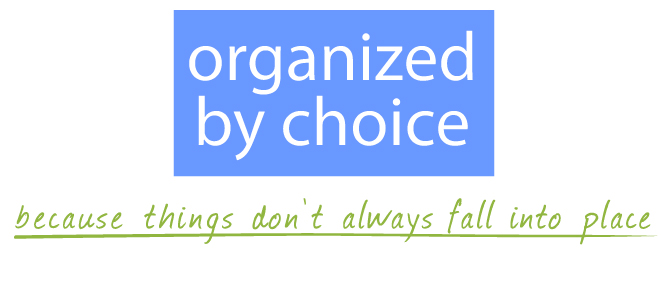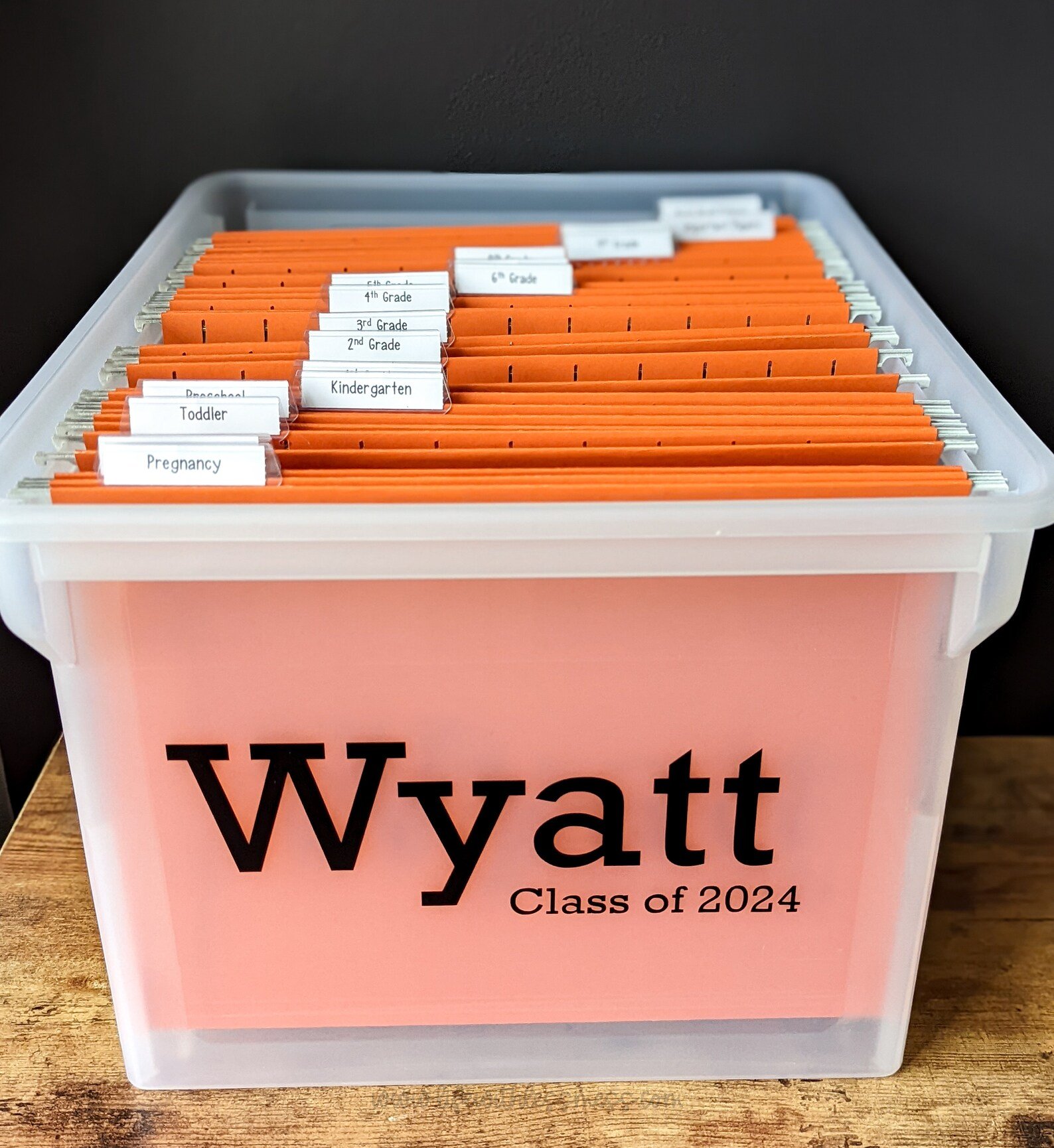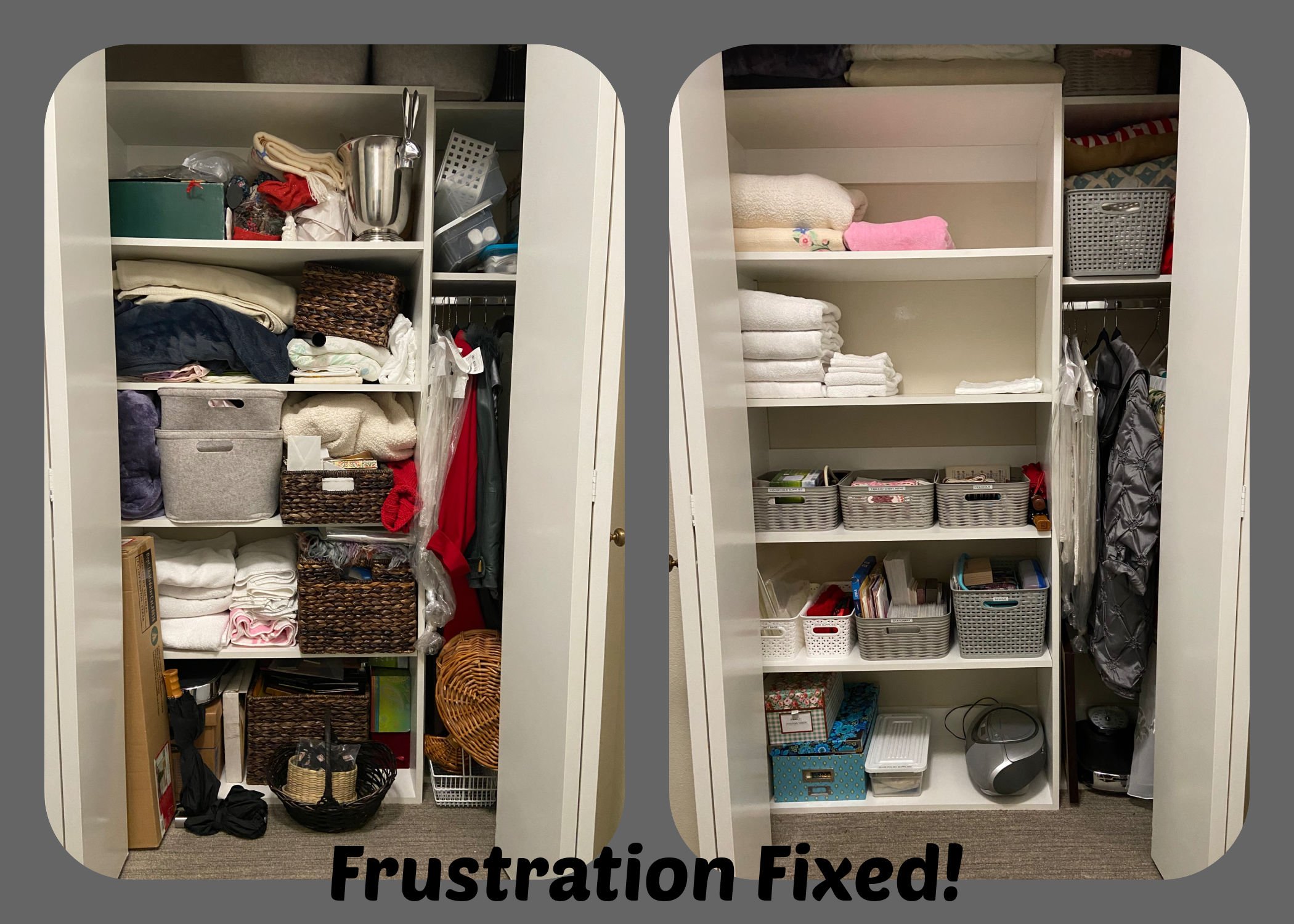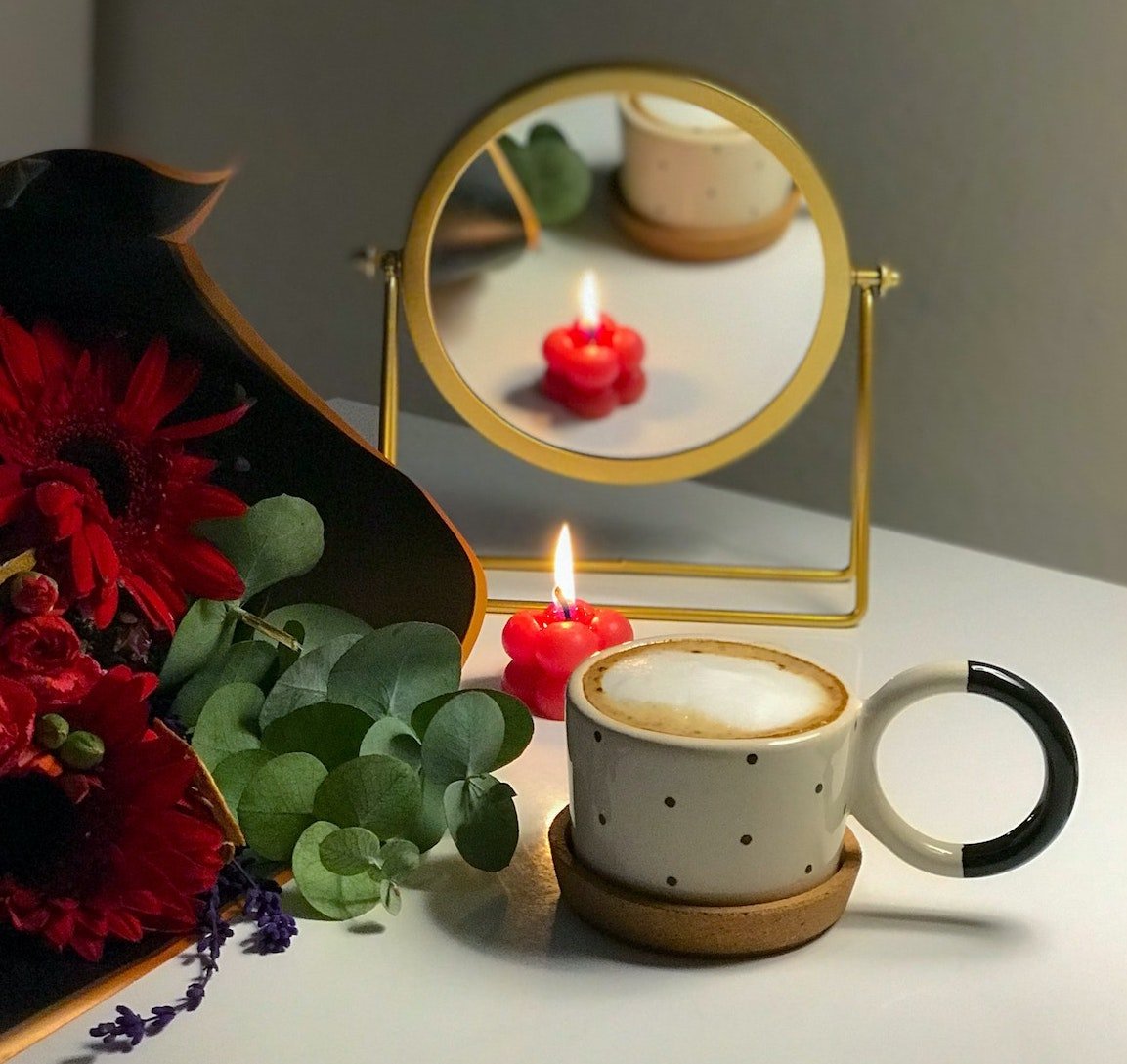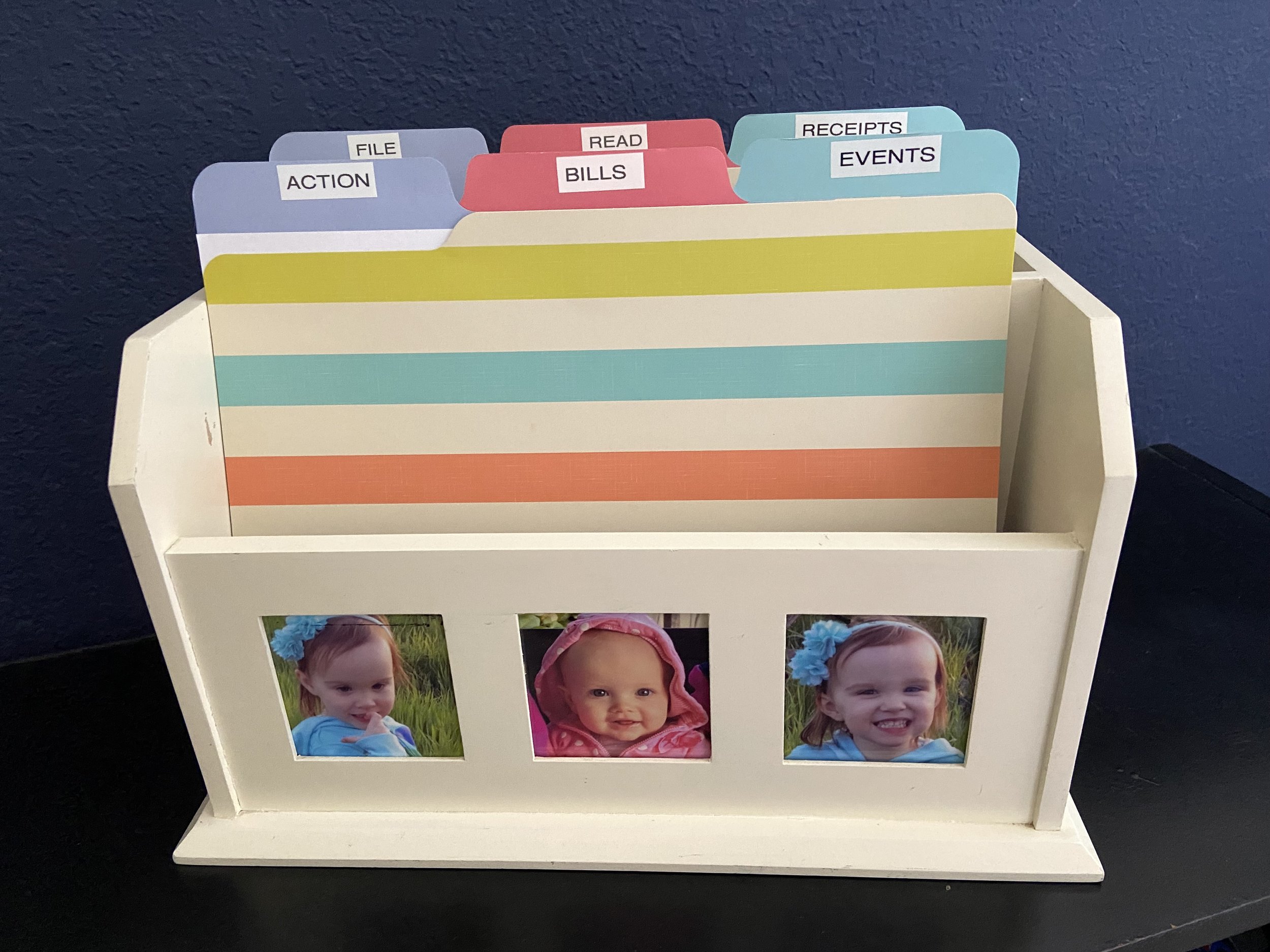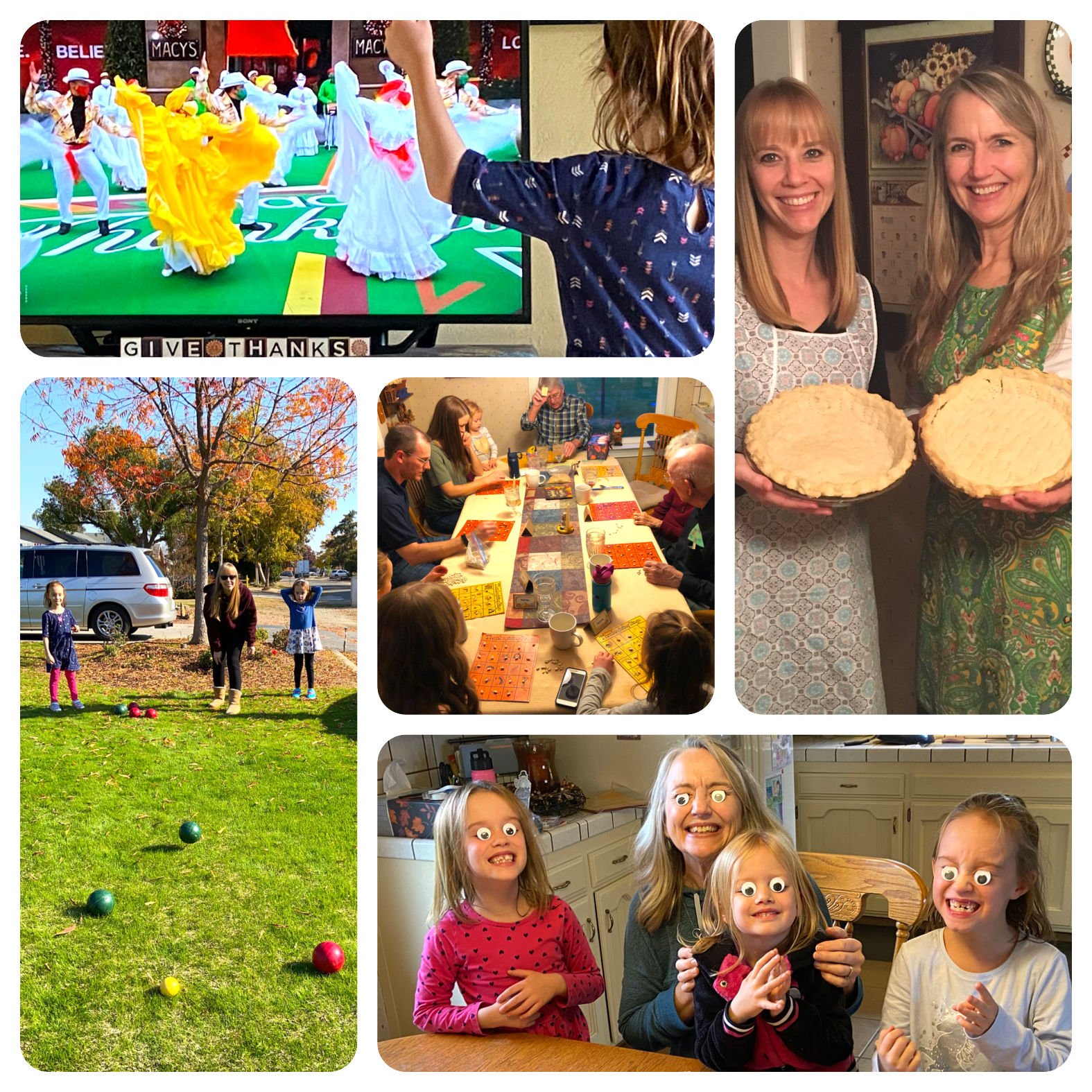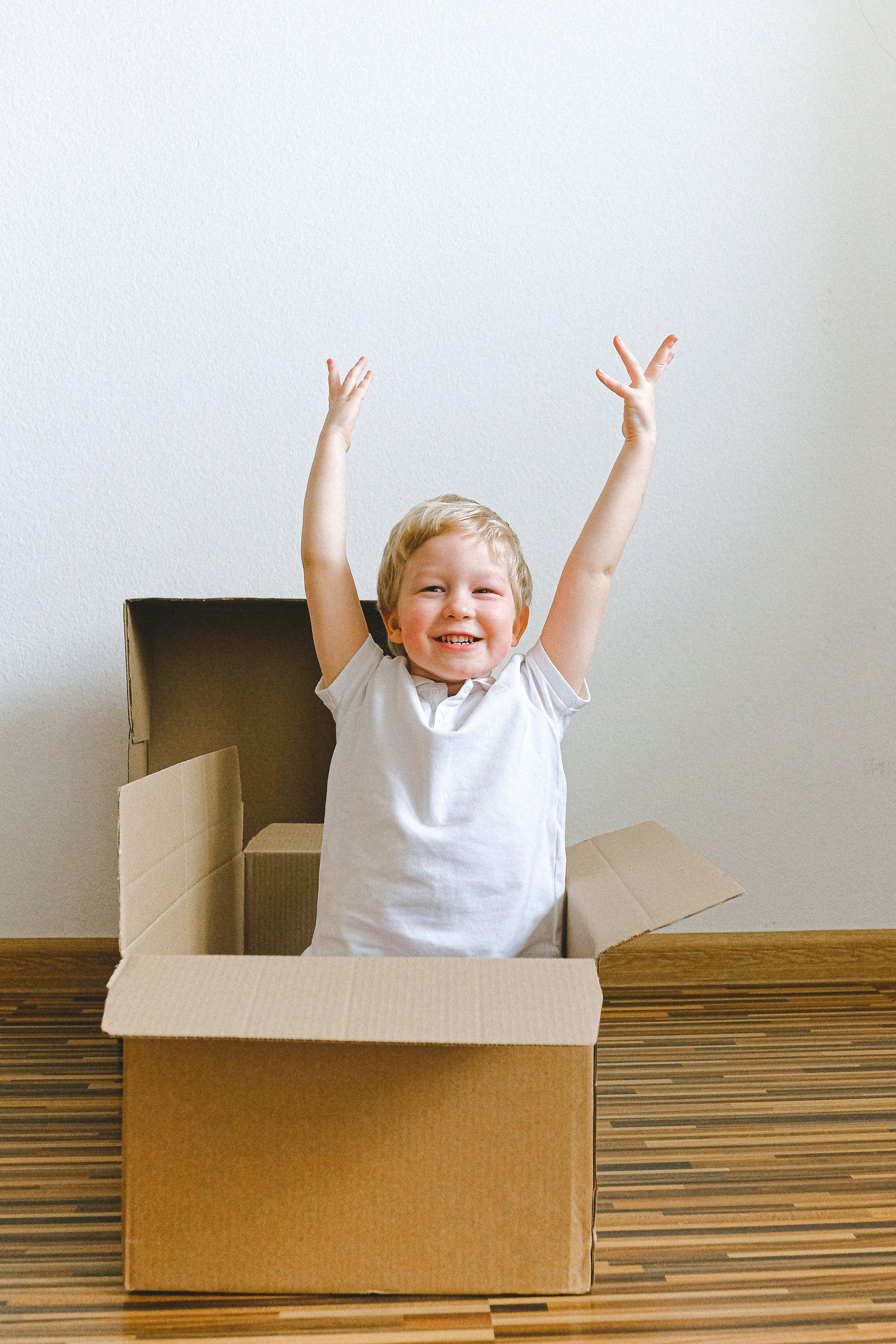I believe objects are inanimate. I talk to myself, but not often to my things. The other day as I placed some clothing into my donate bag, I said, “Thanks for your service.” Unsurprisingly the clothing didn’t respond, but I was surprised that I felt better about letting it go.
Saying “thank you” is something we do at the completion of things—receiving a gift, eating a meal, checking out at the grocery store. In the case of my clothes, saying thank you was for my benefit. It helped finalize my decision to let it go. My clothing had completed its mission.
Today's TimelyTips address the power of thanks.
Timely Tips regarding the power of thanks
COMPLETING THEIR MISSION
Through the years our needs, interests, abilities, and preferences change. This requires adding new and subtracting the old items that have completed their mission.
If you find it helpful, finalize your relationship with the old things by thanking them for their service.
If they still have some “mission” left in them, donate them so they can once again find a place of use.
SUBTRACTING IS ADDING
By subtracting things that complete their mission, you’re adding space.
You no longer cringe when opening cabinet doors and drawers.
It’s easier to find and access what you need.
You save money not replacing things you can’t find—pantry items, clothes, tools, etc.
You’re not distracted from things you enjoy by piles of stuff waiting to be dealt with.
You can be at peace opening your door to guests.
All triggers for giving thanks.
Photo by Karsten Winegeart on Unsplash
In this season of thanks, I want to share a remarkable true story.
In the early 1940s when Nazi Germany invaded Holland, Corrie ten Boom and her family began the dangerous mission of hiding Jews and helping them escape. Corrie’s family was eventually arrested. When she and her sister, Betsie, arrived at Ravensbruck concentration camp, their “beds” were rancid straw-covered platforms stacked three high and infected with fleas.
“How can we live in such a place?” cried Corrie. Betsie immediately reached for the small Bible the sisters had smuggled in. Turning to 1 Thessalonians 5:18 she had Corrie read, “give thanks in all circumstances; for this is God’s will for you in Christ Jesus.”
Corrie resisted Betsie’s urge to thank God in the midst of fleas, but in time they realized it was the fleas that kept the abusive guards at bay, protecting them and allowing them to share the comforting, hope-giving word of God with the women who shared their desperate situation.
Corrie was the only one of her family to survive and see freedom again. Her testimony is this, “There is no pit so deep that God’s love is not deeper still.”
This Thanksgiving season you may be in despair or facing big challenges. May Corrie’s testimony draw you to Jesus and His life-giving word. (You can read Corrie ten Boom’s entire story in the book The Hiding Place.)
Wise words
Every experience God gives us…is the perfect preparation for the future only He can see. –Corrie ten Boom
